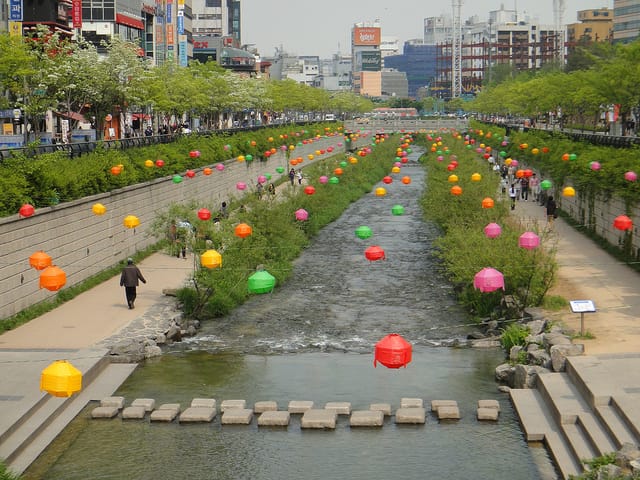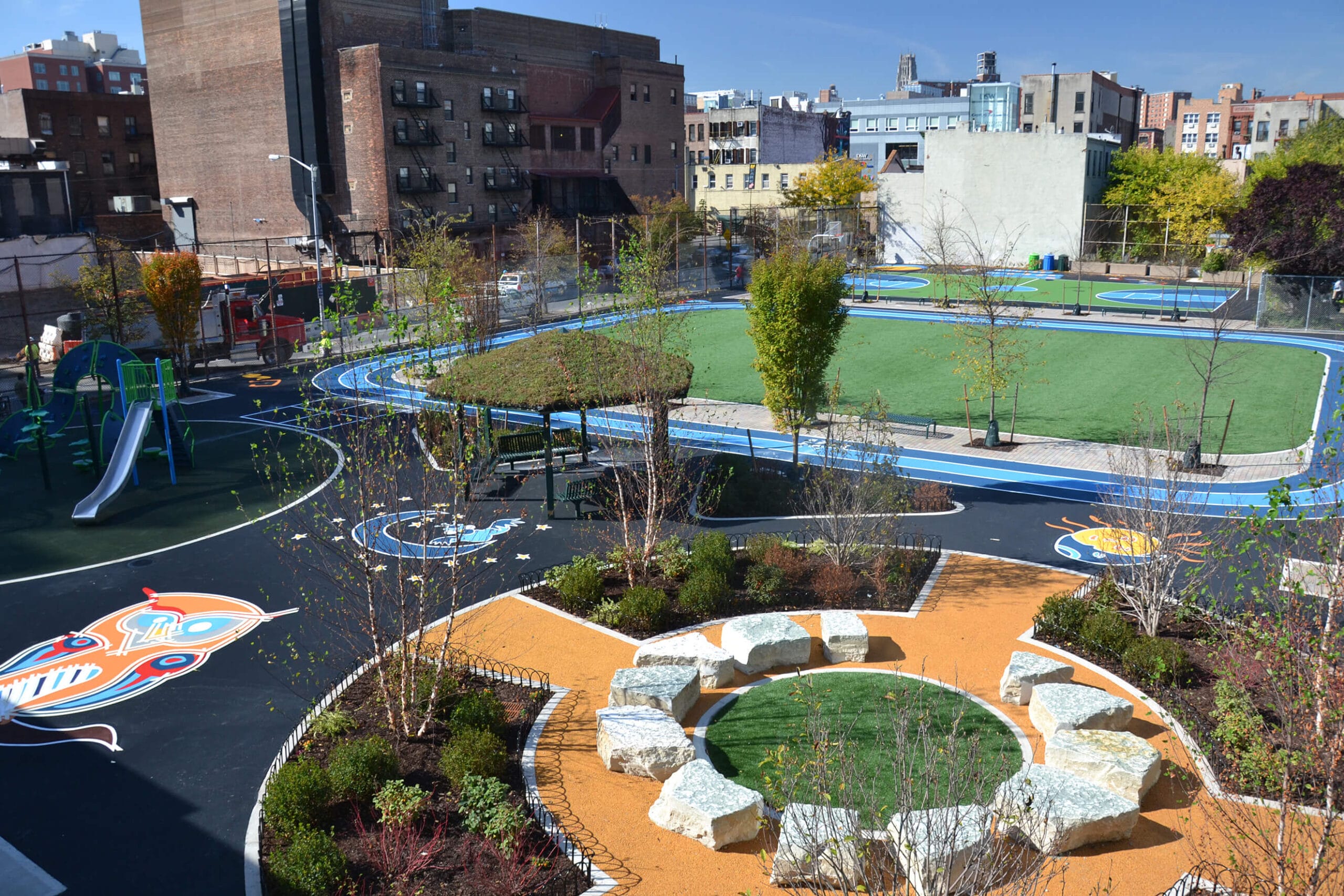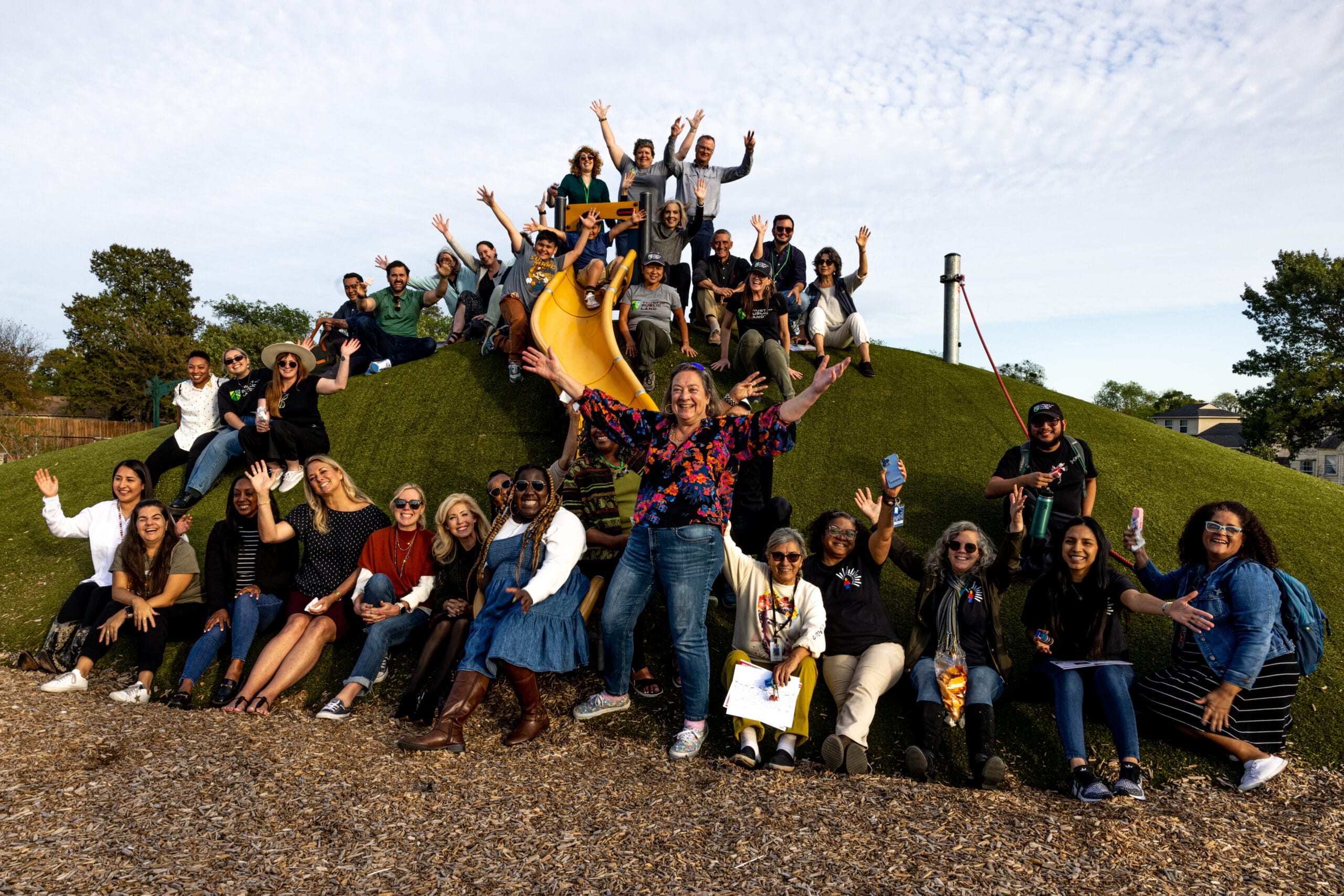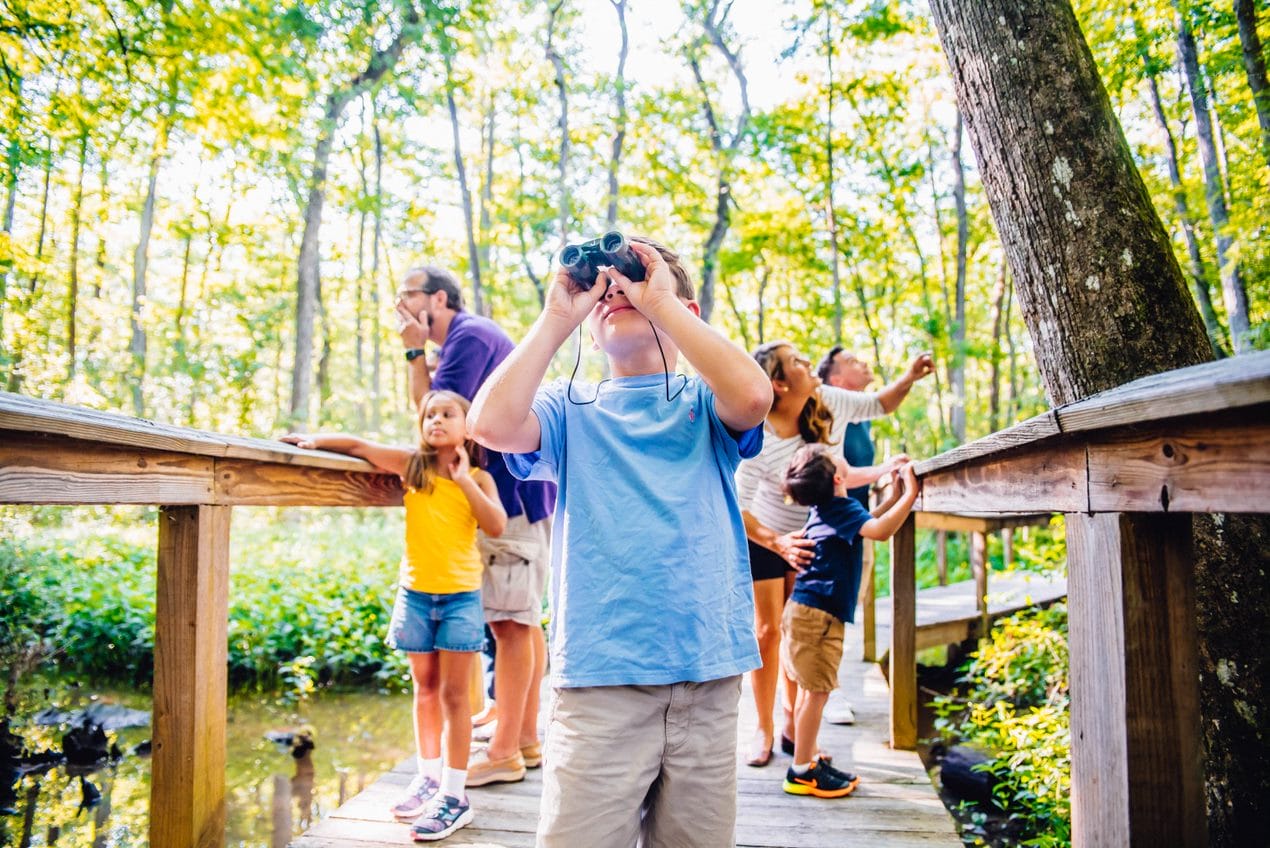
Rediscovering urban waterways
Rediscovering urban waterways
Recently, while visiting Austin, TX, to participate in the SXSW Eco conference, I was astonished to discover a lush green ravine and urban creek next to the convention center. Here, fish swam in the slow-moving waters and turtles sunned themselves on rocks—right in the middle of downtown Austin. I learned that this was Waller Creek, restored through an ambitious public-private partnership.
Waller Creek's successful restoration is a good example of an increasingly popular urban trend. Cities around the world are working to transform their rivers from places to conduct business and dump refuse into places to live and play. More recently, urban communities have focused these rediscovery and restoration efforts on the smaller creeks and streams that are tributaries to those rivers, "daylighting" waterways that have been covered for decades.
While there is no denying that the newly-recovered streams have led to more attractive and literally greener urban environments (and possibly increased real estate values), the jury is still out on the ecological value of these often extensive and expensive projects. With much of the work either still quite new or ongoing, and only a few scientific benefit studies conducted, we would be well advised to document the effects of these efforts even as we continue them.
Urban stream restoration has been in practice for approximately three decades, led by early efforts in the Chesapeake Bay watershed and California. In recent decades, other cities have joined in, including New York City and nearby suburbs; Boston; Los Angeles; Kalamazoo, MI; and San Luis Obispo, CA. And major stream restoration projects are underway or planned for Austin, Atlanta, and many other cities.

The restoration efforts fall into two categories. First is a more naturalistic restoration of an existing degraded stream, such as Waller Creek in Austin. The second is the daylighting of a stream or small river that has been covered over. Perhaps the best known example of this is in Seoul, South Korea, where the Cheonggyecheon stream—a once-pristine waterway that, by the 20th century, had turned into an open sewer—was buried under layers of highways and other urban systems. The city peeled away the layers of roadways, exposing and restoring the stream bed and making it the centerpiece of a newly enlivened neighborhood, where children play in the clean waters (fed by a mechanical system) and plant, insect, bird, and fish species proliferate, despite the extensive engineering.
Another example is in New York City. While technically a river (and the only fresh water river in the city), the Bronx River is only a few feet wide in many places, and it was notoriously befouled by raw sewage and chemical waste from all the communities along its 23 miles. In addition, it was a favored dumping ground for abandoned and stolen cars, tires, household appliances, and all other forms of rubbish.

But a partnership formed by neighborhood groups (particularly those advocating for environmental justice), along with the NYC Department of Parks & Recreation, and local elected officials such as Rep. José Serrano, D-N.Y., has led to a two-decade-long restoration, managed for the last decade by the non-profit Bronx River Alliance working with the City. Where abandoned cars and tires once lay, local youth groups now paddle the river in canoes and handmade row boats. A fish ladder will soon be built to allow reintroduced alewife herring to swim upstream, and at least two beavers have returned to the area after their species was exterminated locally by trappers.
Other creeks in New York City that once fed the salt marshes which defined the coastline were boxed in for commerce and turned into "canals" and polluted by local industries, dumped on and despoiled. Now these creeks are being restored, ranging from the ambitious plans for the Gowanus Canal (a federal "Superfund" clean-up site that will also incorporate innovative designs to capture stormwater runoff) and Newtown Creek (also a Superfund site), to the beautifully-restored wetlands of Gerritsen Creek on Jamaica Bay.
In Yonkers, N.Y., there is a dramatic example of daylighting a buried stream. The Saw Mill River (also known as the Saw Mill Creek), which housed the eponymous saw mill that used hydropower to cut timber into boards, was covered over by the city and encased in a 10-by-20-foot steel and concrete flume to hide the dirty and smelly waters that flowed through it. Recently, the city celebrated the completion of the first phase of daylighting of the Saw Mill, which did not demolish the c. 1925 flume but instead diverted water from it into a new river bed which flows through the heart of the city, where a parking lot once covered the river. Upriver, a fish ladder allows eels to migrate upstream, though officials are trying to figure out how they can get back down without being trapped in nets installed to capture floating debris.
These examples show how cities, through concerted and cooperative efforts, are successfully restoring rivers and streams. The second installment of this piece will detail a number of other projects, several of which are ongoing, to rediscover and revitalize our precious urban waterways.
Adrian Benepe is senior vice president and director of city park development at The Trust for Public Land. This piece also appeared on his column for The Huffington Post as well as The Nature of Cities blog.
For more information about parks and conservation measures around the country, check out The Trust for Public Land's LandVote database.
This raw, beautiful landscape in Southern California is home to Indigenous heritage sites, and it provides critical habitat for threatened and endangered species. Urge President Biden to safeguard this extraordinary landscape today!


Donate to become a member, and you’ll receive a subscription to Land&People magazine, our biannual publication featuring exclusive, inspiring stories about our work connecting everyone to the outdoors.
See how our supporters are helping us connect people to the outdoors across the country.











